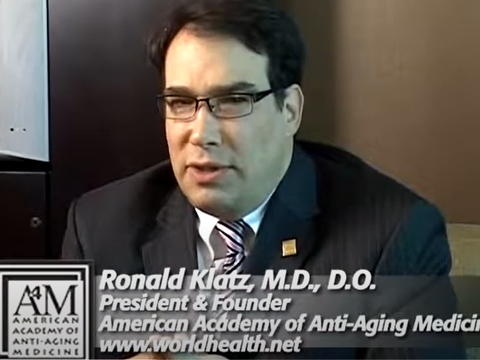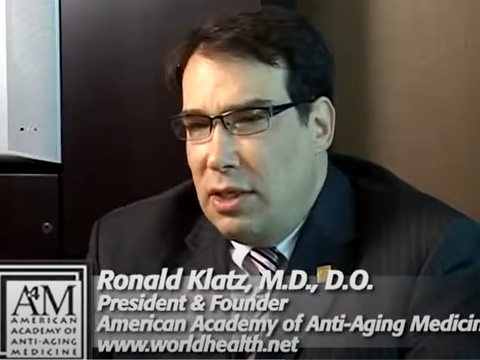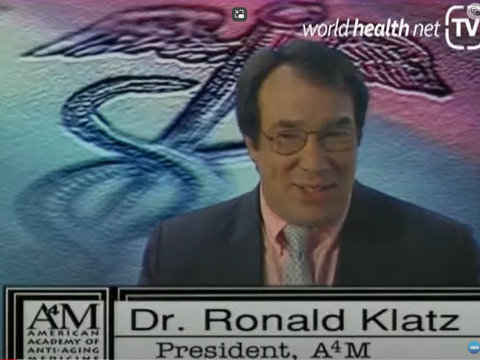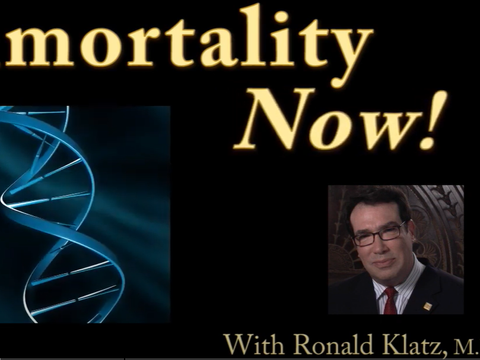10414
0
Posted on Jan 27, 2010, 6 a.m.
Harvard Medical School and Massachusetts Institute of Technology (US) researchers build targeted nanoparticles with ability to cling to artery walls and release medicine slowly.
Heralding a potentially major advance that potentially provides an alternative to drug-releasing stents in some patients with cardiovascular disease, Omid Farokhzad, from Harvard Medical School and Robert Langer, from the Massachusetts Institute of Technology (Massachusetts, USA), and colleagues have designed “nanoburrs," nanoparticles coated with tiny protein fragments that allow them to stick to target proteins, with the ability to release their drug payload over several days. As one of the first such particles that can precisely home in on damaged vascular tissue, this nanotechnogical advancement may potentially eliminate the need for arterial stents in some patients with cardiovascular disease.
Juliana M Chan, Liangfang Zhang, Rong Tong, Debuyati Ghosh, Weiwei Gao, Grace Liao, Kai P. Yuet, David Gray, June-Wha Rhee, Jianjun Cheng, Gershon Golomb, Peter Libby, Robert Langer, Omid C. Farokhzad. “Spatiotemporal controlled delivery of nanoparticles to injured vasculature,” PNAS, January 19, 2010; doi:10.1073/pnas.0914585107.









